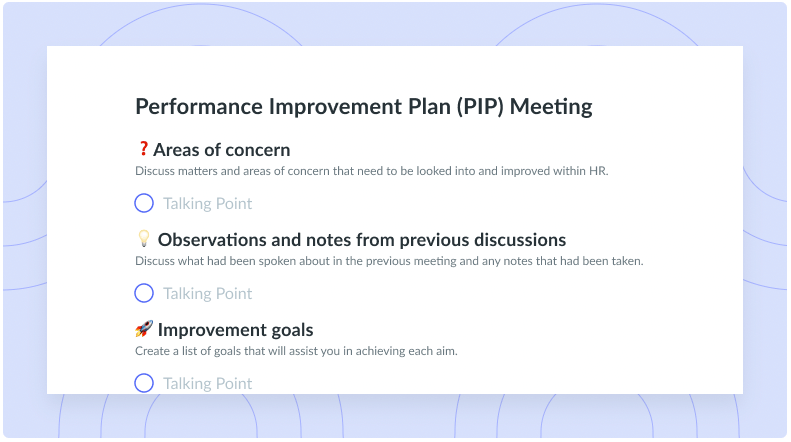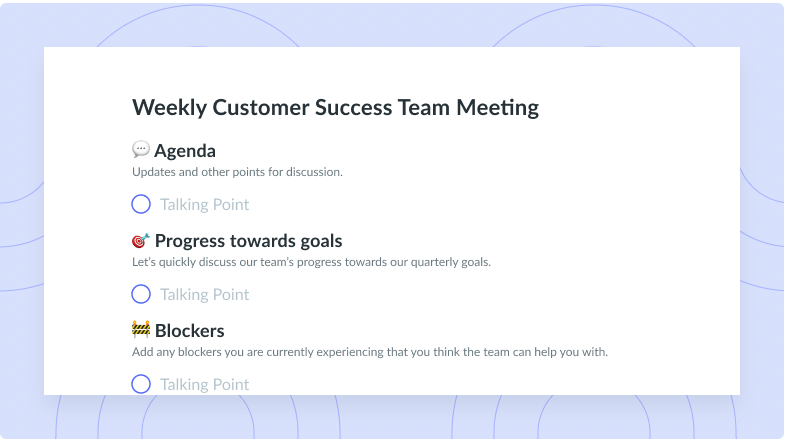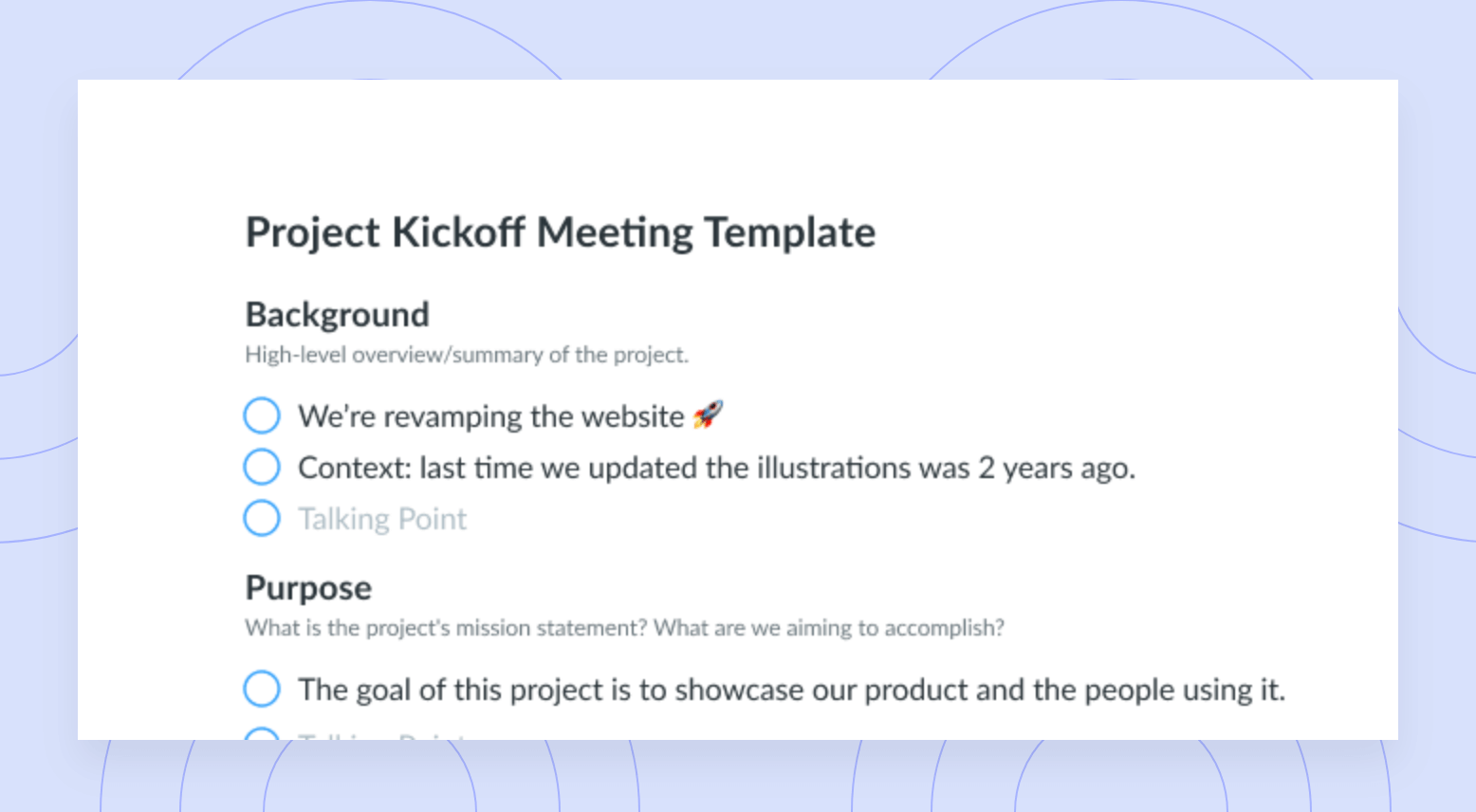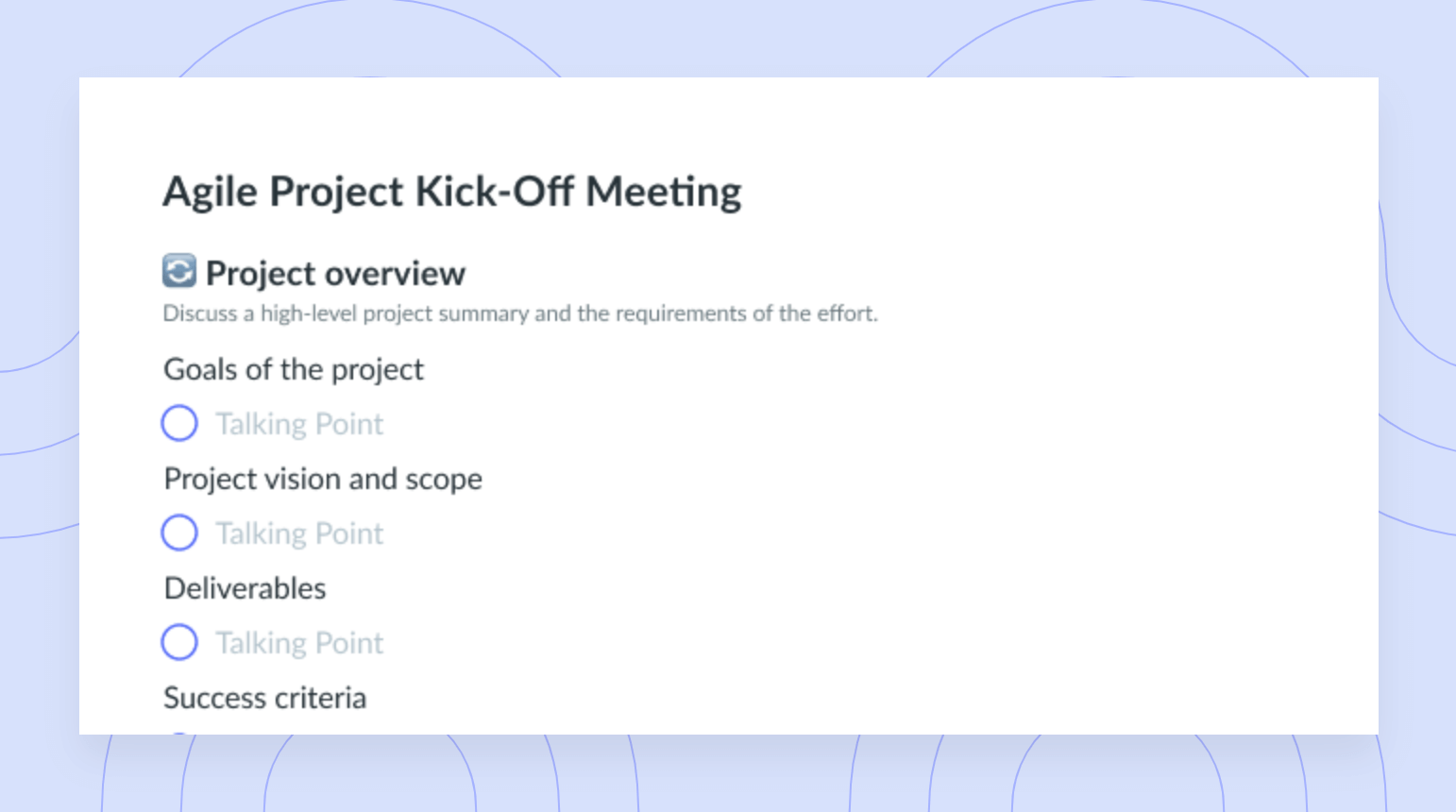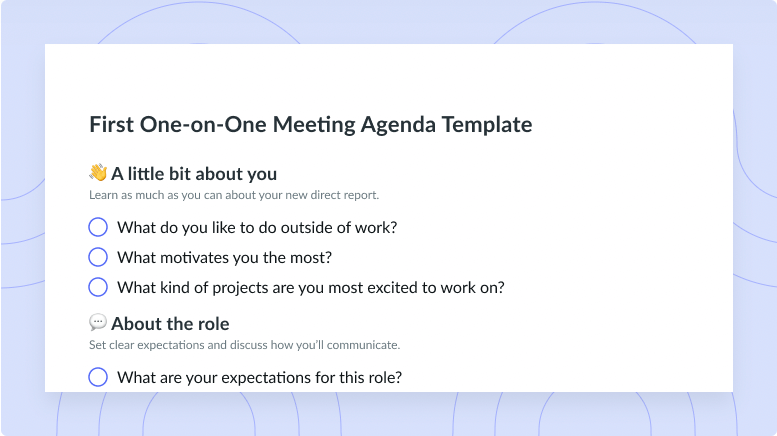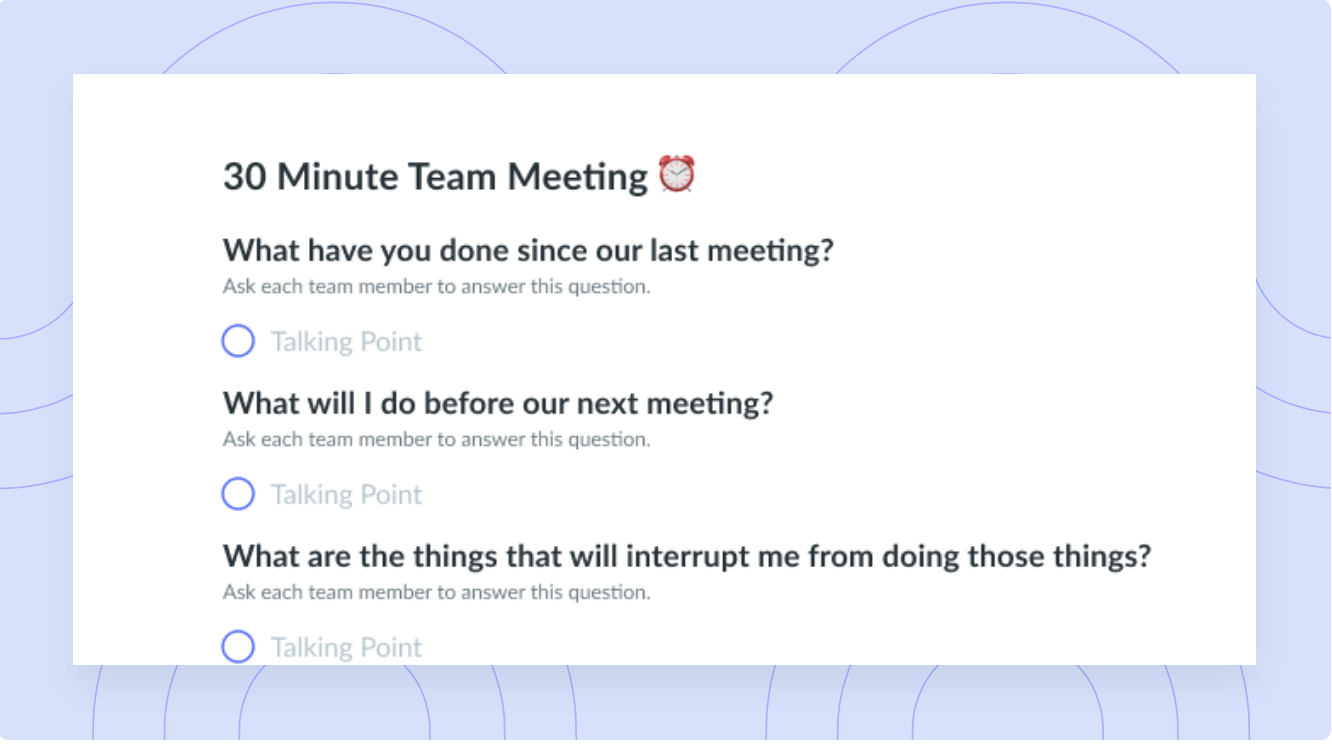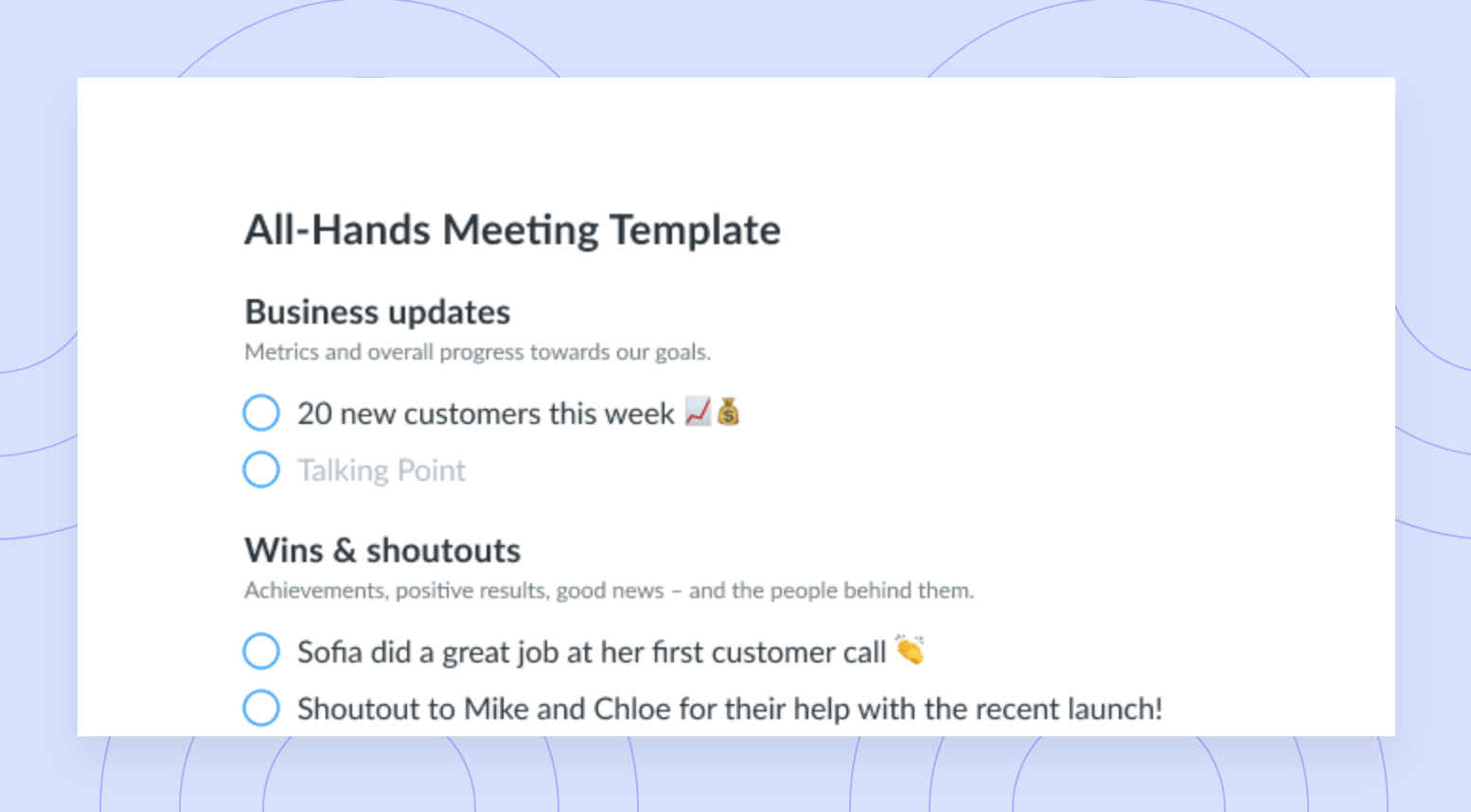Understanding Planning Poker: 6 Steps [+ Free Template]
How to leverage planning poker to generate accurate timelines for software development and engineering projects.
Are you struggling to calculate appropriate timeline estimates for software development and engineering projects? As the scrum master, you may be tasked with generating accurate timelines, which can be used for a variety of software development or engineering tasks and projects including product launches, bug fixes, or weekly sprints. Instead of taking on the responsibility of determining these timelines on your own, it may be time to introduce planning poker so you can begin to involve your team and nail down more accurate timelines.
Planning poker is an agile planning and estimating technique used by scrum masters, product managers, and engineering managers alike. This technique is largely used to estimate product backlogs, or the amount of time or effort required to complete a subset of tasks. This method is best used when you’re looking to gather a general consensus based on the perceptions and opinions of an entire team versus one person’s opinion.
- What is planning poker?
- When should you engage in planning poker?
- 4 benefits of planning poker
- 6 steps for planning poker
- What scale is typically used for planning poker?
- Free template for planning poker
What is planning poker?
Planning poker or scrum poker is a gamified technique used by agile teams in an attempt to draw a unified consensus. The goal of planning poker is to make sure every teammate on the development team actively participates in the estimation process by contributing their knowledge or opinion. Planning poker helps agile engineering teams estimate the time and effort needed to complete a task in the backlog by ensuring everyone on the team contributes to the conversation. This gamified technique plays on the term “poker” as teammates use physical cards to participate in the conversation.

Run delightful meetings
Increase meeting engagement and productivity with a collaborative agenda that the whole team can contribute to. Try using a tool like Fellow!

When should you engage in planning poker?
Planning poker is best used when determining how long a task in the team’s backlog will take to complete. In addition to determining how long a task will take, this method can be used to determine how much effort is needed to complete the task. Most teams will hold a planning poker meeting shortly after an initial product backlog is written. This meeting or sequence of meetings can then be used to create initial estimates for projects in the backlog. Planning poker can also be played once per sprint if an entire team is involved in the grooming process. Sprint planning meetings are a great time to guesstimate and collaborate on timelines.
4 benefits of planning poker
- Results in estimates higher than individual estimates
- Provides more accurate estimates
- Identifies gaps
- Encourages team collaboration
1Results in estimates higher than individual estimates
There’s power in numbers. Estimates from planning poker are higher than individual estimates, and this can largely be attributed to a combination of efforts. Instead of moving forward with a timeline based on one person’s perception or opinion, with planning poker, you’ll instead be moving forward based on everyone’s collective opinion.
2Provides more accurate estimates
Everyone knows that estimates go out the window more times than not. When it comes to shipping a new product or planning a release, it can be difficult to provide a proper estimate. Bugs could come up, an employee may not work as efficiently as planned, or there may be a whole host of other issues getting in the way of your timelines. This is where planning poker comes in. When you take the time to gather everyone’s opinions, you’re more likely to end up with a more accurate estimate.
3Identifies gaps
Planning poker offers a great opportunity to identify gaps. If your team is discussing timelines, they are most likely also going to discuss other components that are needed to get the job done. Teammates will be able to speak up if they have too much on their plate or feel as though they aren’t equipped to meet the deadlines. If you don’t practice planning poker during your sprint planning meetings, you may fail to identify gaps that may ultimately get in the way of shipping a product on time.
4Encourages team collaboration
As a manager or leader, fostering collaboration amongst your teammates should be one of your main priorities. Collaboration not only leads to brilliant ideas, but it also helps create a positive workplace culture where ideas and positive vibes flow freely.
6 steps for planning poker
- Distribute the cards
- Have the moderator narrate the story
- Discuss and debate the story
- Privately select a card from your deck
- Share the card you have with the rest of the group
- Deliberate until a consensus is reached
1Distribute the cards
As you may have noticed, planning poker is called planning poker because it mimics the card game poker in which cards are used to play the game. Similar to poker, planning poker requires that each team member receive cards. Planning poker cannot commence until every team member or participant has received their cards, which they’ll then use to cast their vote. The higher the card, the more difficult the task.
2Have the moderator narrate the story
The product manager or product owner (also known as the moderator) will most likely be responsible for narrating planning poker. The product manager will most likely take on this responsibility as they are the closest person to the product. They are also responsible for managing timelines, releases, and planning sprints, so they’ll be the most equipped person to host. As the narrator, the product owner will be responsible for telling the story and making sure all team members have the information they need to make an informed decision. This is extremely important as your entire team will want to make sure to make an informed decision that leads to accurate estimates.
3Discuss and debate the story
It’s important that your product manager creates a space where everyone feels comfortable sharing their opinions. The ultimate goal of planning poker is to draw an unbiased consensus that is formulated by combining multiple perspectives. Teammates should feel as though they can speak up and share their honest thoughts and opinions without feeling pressured to conform to whatever others think. This should be a safe space for healthy debates and discussions.
During this step, you’ll also want to make sure to pose any “what if” questions. What if one of our teammates uncovers new bugs? What if our consumer feedback identifies unforeseen errors? What if our resources need to be directed elsewhere? Accounting for what “what ifs” will ensure your team is taking everything (including unknowns) into consideration when estimating deadlines or timelines.
4Privately select a card from your deck
Privately selecting a card from the deck will ensure no one’s opinions are swayed by anyone else’s play. It’s important that everyone feels as though they can vote honestly. If your entire team votes honestly, you’re more likely to draw a conclusion that adequately reflects your teammates’ capabilities to get a project done on time.
5Share the card you have with the rest of the group
As soon as you’re confident in your choice, it’s time to share your card with the entire group. Your card should adequately represent how you feel about the subset of tasks at hand. If you feel as though a given task is realistic, you can play a lower card. If you feel as though your team doesn’t have the time or resources to complete the task at hand within the upcoming sprint, it’s important to express your concern by playing a higher card.
6Deliberate until a consensus is reached
When practicing planning poker, deliberation is key. If one person makes the final decision, you may as well have not practiced planning poker at all. The point of planning poker is to create an environment where everyone can participate equally. This way, you end up with a more accurate estimate as everyone has taken the time to provide feedback while considering a variety of factors that may input the timeline or effort needed to complete the sprint or project at hand.
What scale is typically used for planning poker?
The default scale for planning poker is the Fibonacci Scale. The Fibonacci Scale refers to a sequence of numbers in which each number is the sum of the two preceding digits. Taking these factors into consideration, teammates would play a “1” for a task that required little to no effort and a “34” for a task that would be nearly impossible to complete. This scale indicates the level of effort and resources needed to complete a task. The lower the number, the easier the task. If your teammates play a high card, it means the task at hand may be nearly impossible to complete within the current sprint.
Free template for planning poker
Are you gearing up to host a meeting where planning poker is the focal point? Check out this free meeting agenda template for tips, tricks, and best practices for running an effective planning poker meeting:

Are you ready to play planning poker?
The ultimate goal of planning poker is to draw an unbiased consensus that is formulated by combining multiple perspectives. Teammates should feel as though they can share their honest thoughts and opinions without feeling pressured to conform to what others think. You should be sure to create a safe space for healthy debates and discussions.



![Level Up Your Software Engineer Performance Review [+Examples]](https://fellow.app/wp-content/uploads/2022/09/Software-Engineer-Performance-Reviews.jpg)
![8 Types of Company Culture [with Examples]](https://fellow.app/wp-content/uploads/2020/10/Types-Company-Culture.jpg)




